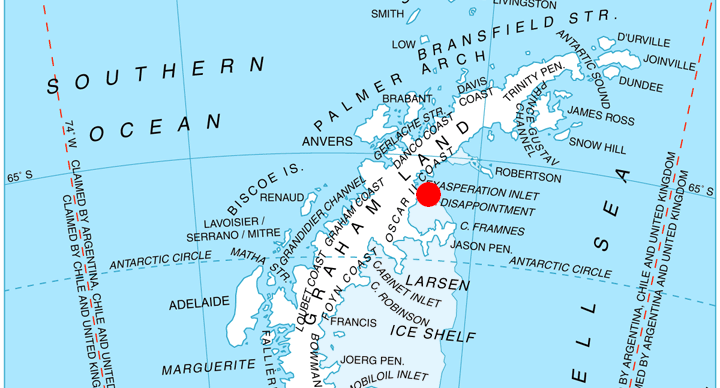What’s in a name

When I travelled to Alaska in the summer, one of the exciting things I learned was: There are plenty of unnamed mountains in the world. According to website peakvisor.com, there are about 40 named mountains in Alaska’s Katmai National Park and at least twice as many unnamed ones. Across the globe, the are a staggering 108,706 unnamed mountains!
In the old days, naming a place or a peak was a fairly simple matter: The first ‚Western‘ person to get to a place or, in the case of a mountain, reach its summit, got the privilege of naming it. This, obviously, is a historically, politically and even linguistically over-simplified idea of how toponyms are created, but for the purposes of entertaining my lovely readers, I guess it’s a good enough explanation.
Anyway, not everyone who got to name a place was terribly original in going about it. The people of New York, for instance, for lack of coming up with something more creative, named the city they founded after the place they had left behind: Amsterdam. True story! New York was initially named ‚Nieuw Amsterdam‘ by its very first settlers, Dutch merchants, who hailed from Amsterdam. When the British later conquered the whole (equally inventively named) colony of ‚Nieuw Nederland‘ in 1664, they did away with the un-imaginative toponym the Dutch had given the city and instead named it ‚New York‘ after the beautiful English town of York in the heart of Yorkshire.
So much for the uninspired naming of places. Here in Antarctica, the ultra-adventurous explorers who set out into the unknown to discover the White Continent were cut from a different linguistic cloth! They came up with a couple of my favourite place names, that immediately set my imagination going as to what may have inspired them. I wonder, for example, what the person who gave ‚Cape Disappointment‘ its name had expected – expectations which obviously were not met. Cape Disappointment is located on Exasperation Inlet, so it seems the disappointment was major. Just around the corner from Cape Disappointment lies Delusion Point: Boy, were these explorers having a bad day.
Travelling a bit further, we arrive at Moody Point; just to the south-east of Moody Point, a couple of tiny islands are scattered in the sea, the largest of which presumably comes with a thrill: Someone named it Danger Island. And last but not least, another inspiring place name on the Antarctic peninsula is that of Destruction Bay. The bay, according to the website www.geographic.org, was charted and named Bay of Destruction in 1821 by Richard Sherratt, Master of the Lady Trowbridge from Liverpool, probably because it was in this vicinity that his vessel was wrecked on Christmas Day, 1820.
I have never been the adventurous type, and polar exploration would never have tempted me in view of how incredibly dangerous it is. But if I were an author seeking inspiration for my next novel, a map of Antarctica would definitely be the place I’d turn to!

Eine Antwort
I’m repeating myself for the umpteenth time, but I love your blogs, Silvie. Keep up the good work and delight your mum!